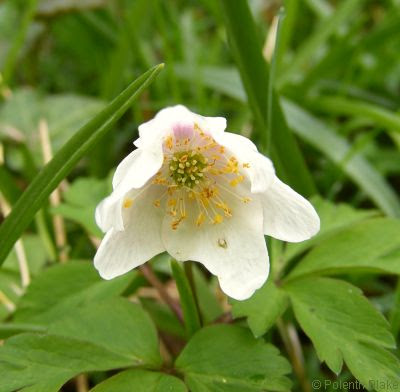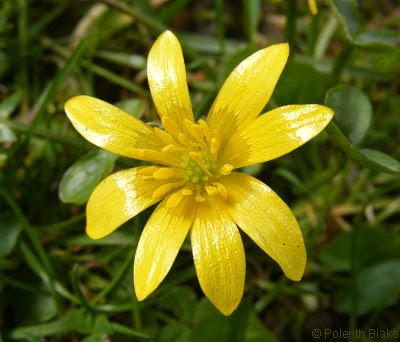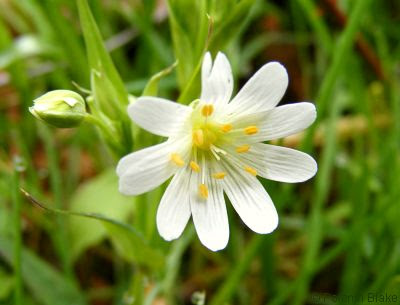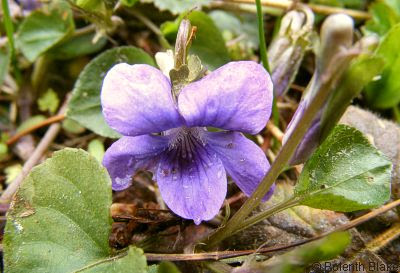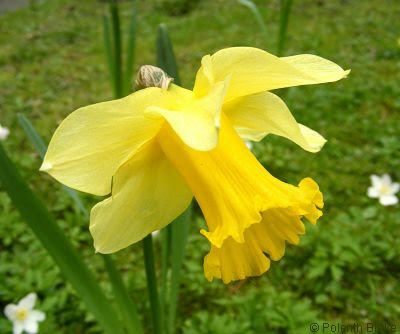I have a new story at Clarkesworld. “Born Outside” mixes pandemic, alien invasion and ecology themes. There is child illness and death.
Story Link: https://clarkesworldmagazine.com/blake_07_24/
I often include a few story notes when I have a new story out. In this case, the story notes are life notes. I caught COVID-19 in February, 2020. That was the end of writing for a bit. I had a couple of stories published after that, but they were both written and sold before.
It’s interesting that discussion keeps coming up about a lack of pandemic stories, whether directly about the one we’re in, or just in a general way. But people are vastly underestimating how many writers were hit by it. Including such themes isn’t going to happen when nothing is being written. In the case of older contemporary series, many will be set before that time, and continue on from their chosen time period. Assuming the author can still write.
Anyway, I’ve never really been a denial sort of person. So this is a little bit pandemic (in a general way), but nothing is ever only one thing. Ecosystems adapt, including the people within them. Things about the housing, woods and school are based on things from my past and present. I still live in the area with the broken roads covered in weeds.
The first draft of this story was written at the end of 2023. It sold a little over four years since I first got sick. It’s been a long journey to get here. But for now, I’m still alive, and here’s a picture of some tulips.

Image Caption: A field of tulips at Keukenhof Gardens in The Netherlands. They are planted in clusters. Plain pink at the front, white and red stripes in the middle, yellow a bit behind, and then red at the back. A small variety marker sign is visible near the back, but the writing is too small to read.
 First Published: 1st April, 2006
First Published: 1st April, 2006